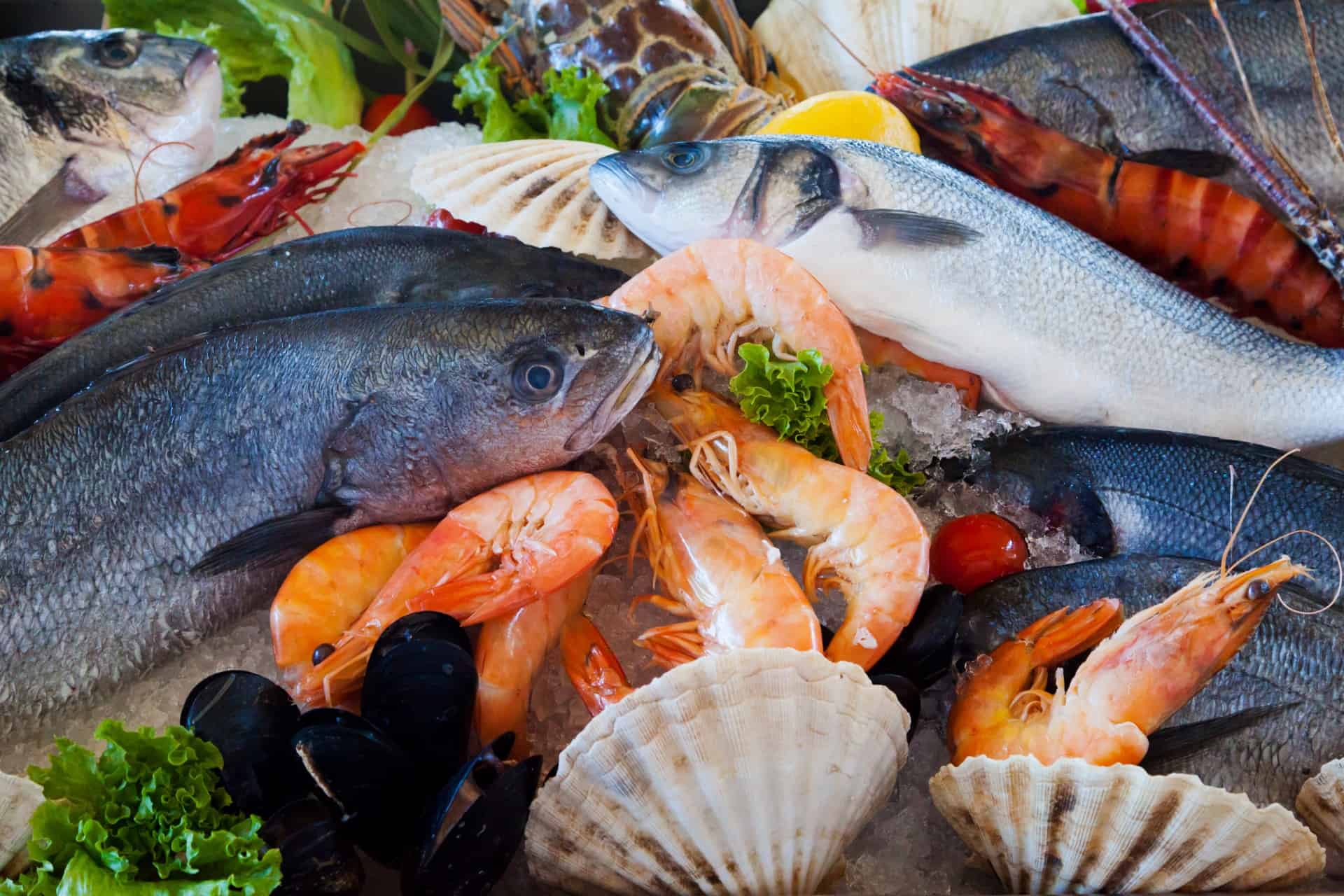Seafood describes a lot of critters that come from the water, not just the sea. It includes everything from shrimp and mollusks to crustaceans and all kinds of fish sourced from lakes, rivers, the ocean, and other waterways. Some are even farm raised. Science tells us that seafood is good for us because of the protein, healthy fats, and various vitamins and minerals. However, all types of seafood are not created equally when it comes to reaping the benefits and some types of seafood even expose you to microplastics and mercury. To get the benefits without the risk, it’s important to know what you’re doing when choosing, storing, and preparing seafood for yourself and your family.
Below, we’ll take a closer look at what you need to know to choose the best, most healthy seafood from your family. Since not all seafood is created equally when it comes to nutrition and benefits, we’ll look at what you should be eating (and what you should be avoiding) for your health. Some types of seafood are even high in mercury, full of microplastics or contaminated with other environmental pollution that makes it dangerous to eat too often. Additionally, we’ll take a look at how you should be choosing, storing, and preparing seafood to ensure you get the benefits without a lot of the risks.

1. Eat Seafood at Least Once a Week, But Don’t Overdo It
According to the FDA, the average person should consume at least 8 ounces of fish each week based on a 2,000 calorie diet. Eating fish once or twice per week has been shown to reduce the risk of sudden cardiac death by at least 50% and the risk of ischemic stroke by 14%. One study also showed that eating fish from safe sources at least four times per week reduced the risk of coronary artery disease by 22%, compared to people only eating seafood once a month. In addition to heart benefits, the omega fatty acids in fish prevent inflammation, reduce the risk of mental decline like Alzheimer’s and dementia, and decrease inflammation and flare-ups in chronic conditions like arthritis and dermatitis.
As with all good things, however, too much can have negative side effects if you over-do it. With seafood, it’s important to choose those that are high in beneficial Omega-3s and other nutrients. However, it’s important to consider where seafood is coming from, too. Fish take in oxygen and eat food from the water around them. With human waste polluting waterways, as well as runoff from storms full of pesticides and fertilizer ingredients, many fish absorb toxins from their environment. When you consume these fish, you’re also consuming all these toxins. This is why it’s important to know about where your seafood is coming from and to avoid eating too much.
